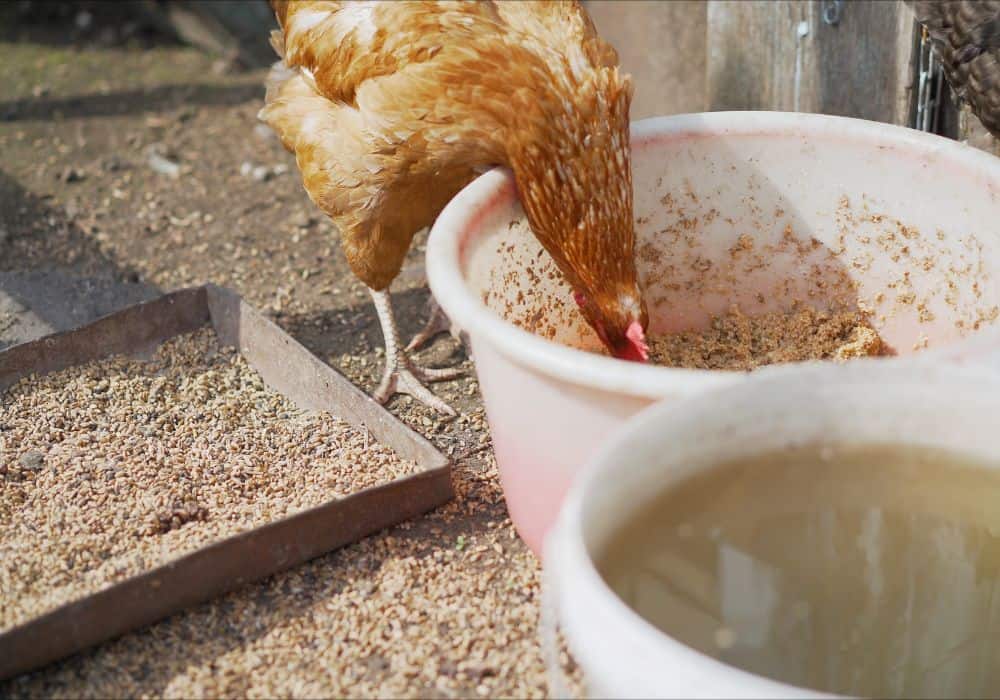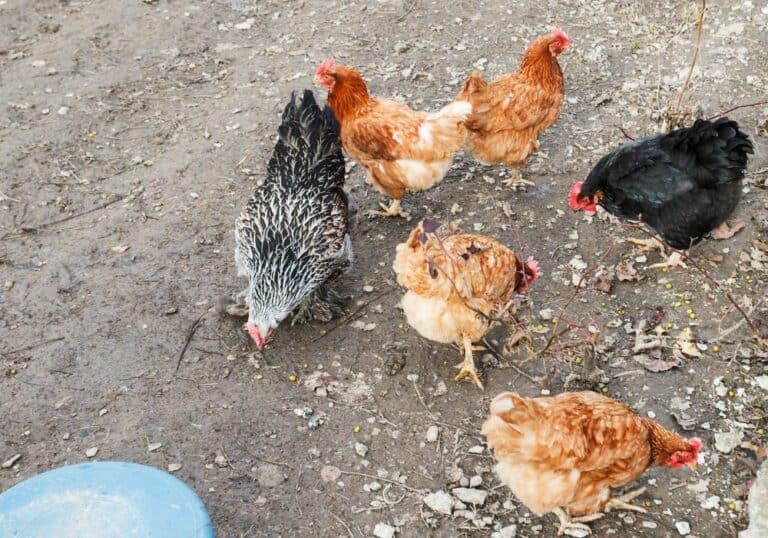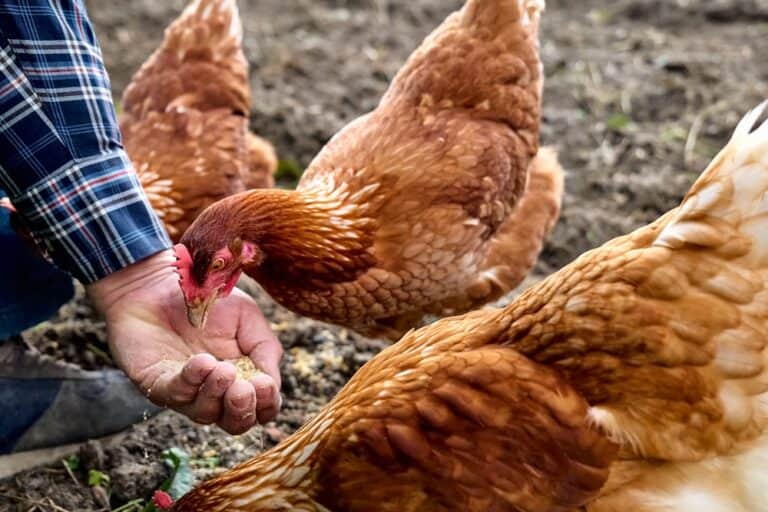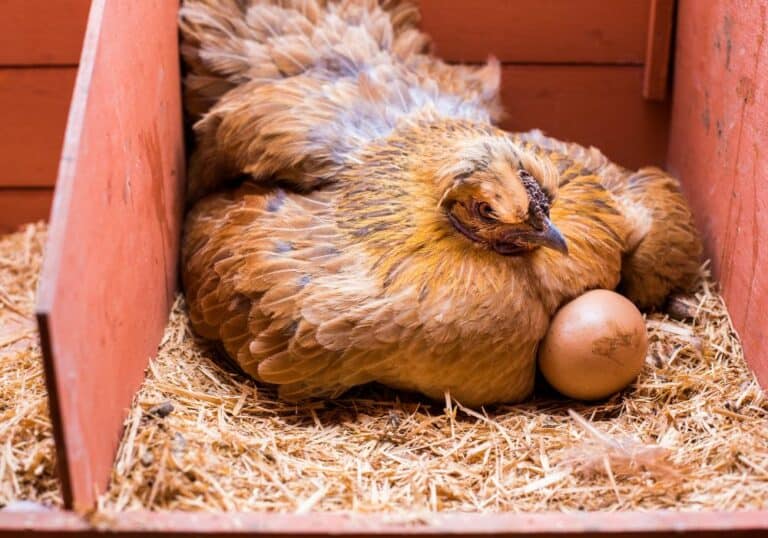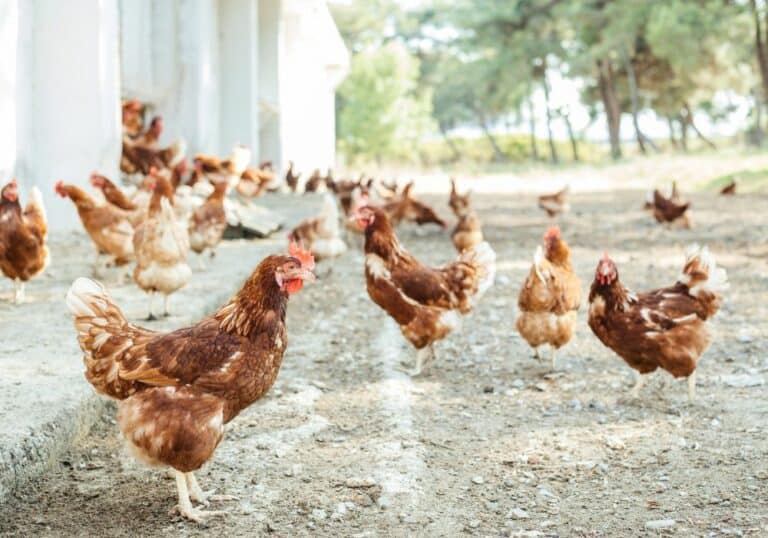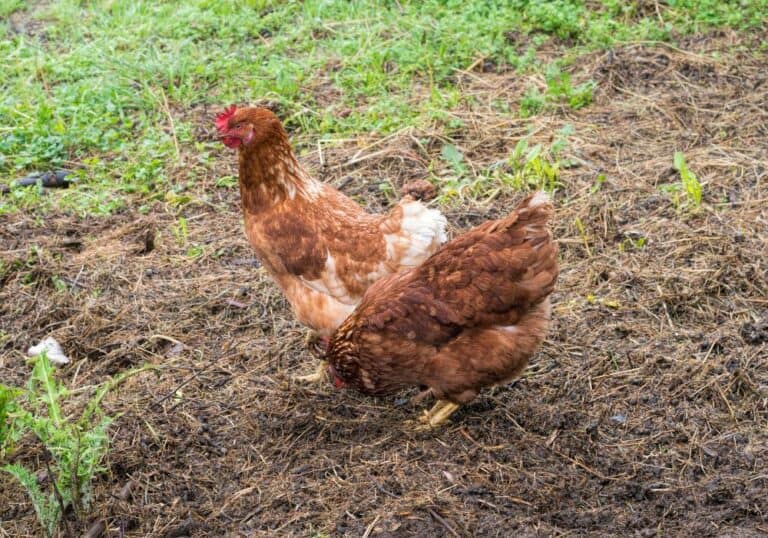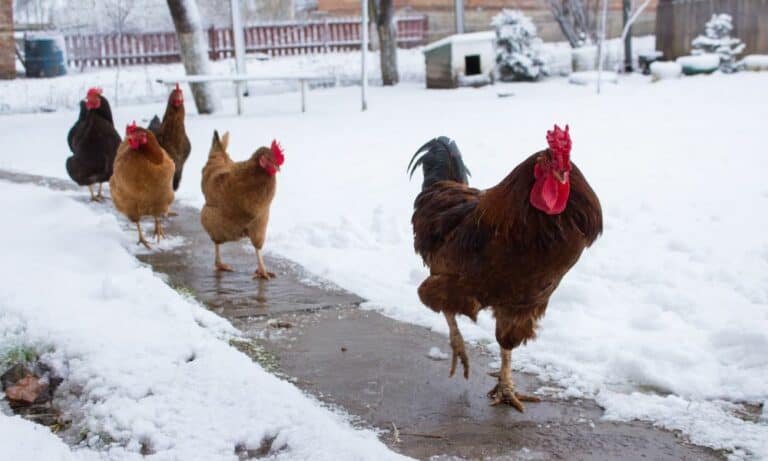Those new to chicken keeping ask about the diet and how to diversify it so it is not just the chicken feed. One of the common questions is:” Is it okay for chickens to eat mealworms?”
If you want to upgrade your chicken’s diet and egg quality, mealworms are the right thing for you (and the chickens).
Giving mealworms to your backyard chickens has numerous health benefits, and they are one of the chicken’s favorite treats. In addition, they are packed with protein which is good for meat and egg production.
Let’s check out why you need to include mealworms in your chicken-eating regime immediately!
General Information About Mealworms
When someone mentions “mealworms” or “worms,” we immediately tend to frown because many describe these insects as disgusting. However, when it comes to chicken, they are thrilled with them! So, what are mealworms exactly?
Mealworms are the larvae of the yellow meal beetle, also known under its Latin name, Tenebrio Molitor.
Therefore, they are not worms, and the darkling beetles have a specific life cycle; they go through four stages to complete metamorphosis: the egg, the larva, the pupae, and the adult.
Like most insects, the yellow meal beetle has remarkable fertility, making them highly prolific. These beetles lay around 500 eggs at a time and hatch after 19 days.
While the yellow meal beetle is known as a pest, which tends to feed on grains and often “trespass” granaries, dried mealworms are often used to feed various animals, including wild birds, poultry, and reptiles, and for fishing bait.
Due to their versatile use, people often raise them at their houses so they can ensure an endless supply in addition to having cheap and high-quality food for their pets or chickens. If you are interested in how to breed mealworms at home, click here.
Why Are Mealworms Good For Chickens?
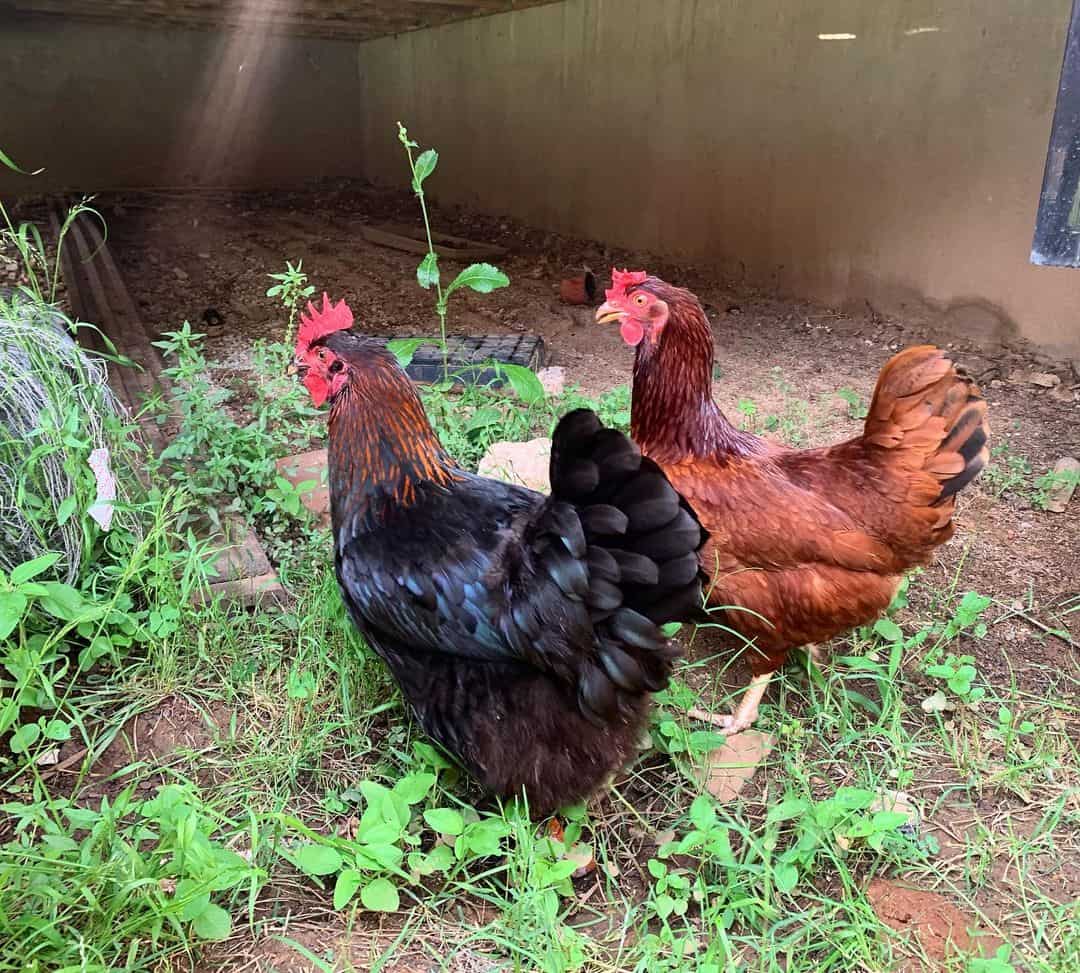
Whether fresh or dried, mealworms are packed with protein, so they are mostly given to poultry, birds, and reptiles.
Their high protein levels make them excellent for baby chicks and laying hens because it affects the quality of eggs and facilitates the optimal development of chicks. However, it is best to start giving mealworms to baby chickens after reaching 3 weeks of age.
Mealworms should definitely be a part of chicken’s diet, regardless. However, there are certain situations or periods where they are implied.
As a good chicken keeper, your task is to ensure your chickens have a balanced diet and relaxing environment, even during stressful times, such as the molting season.
In case you are unfamiliar with the term, molting refers to the shedding of damaged and old feathers, and birds go through this each year.
The process is energy-consuming for the birds and lasts several weeks. Given that molting depletes a high amount of protein from the birds, it is necessary to provide them with a good source of nutrients and protein, and what is better than mealworms?
A high-protein diet is also needed during the period of broodiness.
To be honest, birds can survive the molt even without mealworms. However, it will help them regrow new feathers faster and keep some energy, facilitating a fast recovery!
Besides the mealworms, you can also give them other high-protein snacks such as pumpkin seeds or hard-boiled eggs. However, do not go crazy with the snacks; too much of anything will probably result in a health issue!
Reasons Why You Should Give Mealworms to Chickens
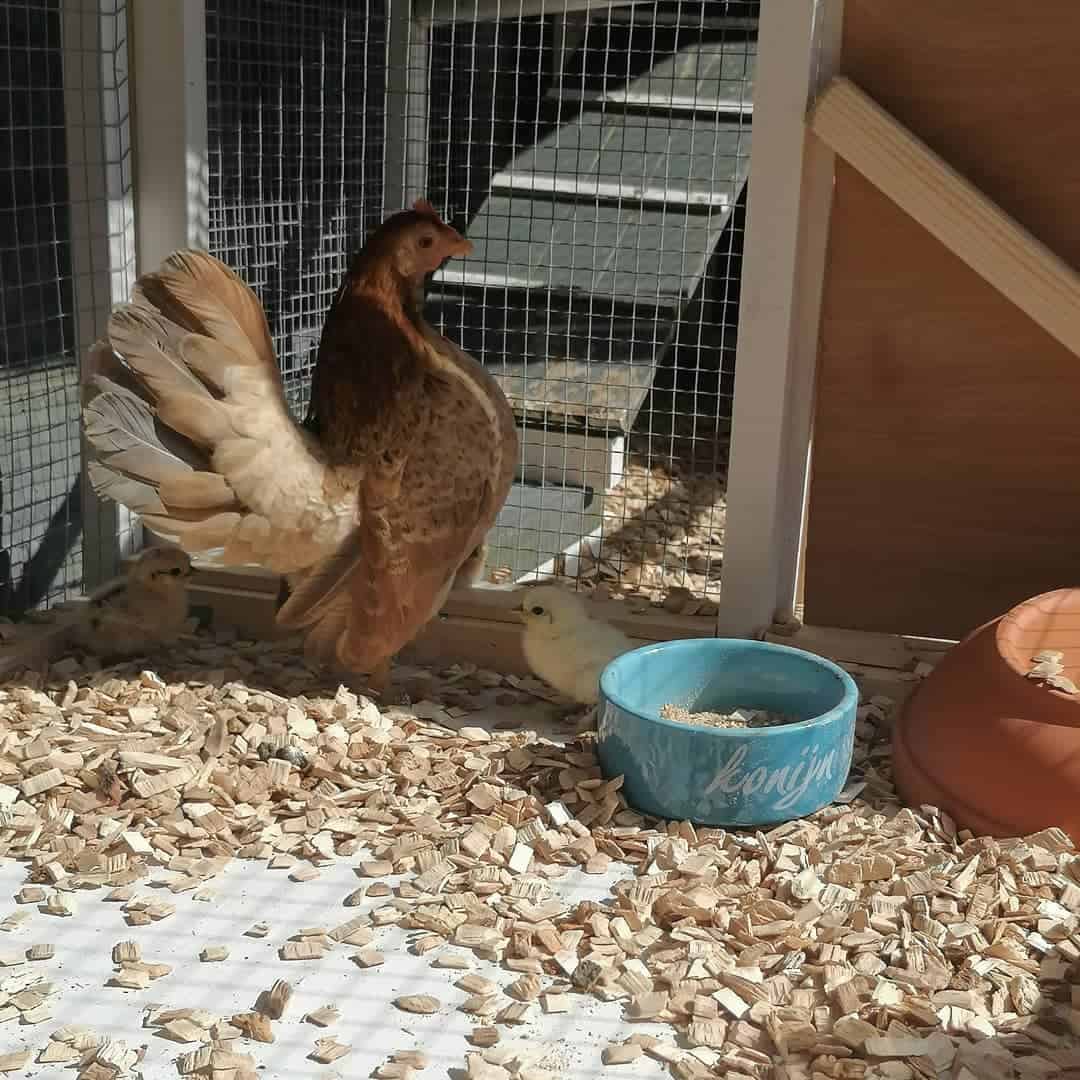
Although some people may think chickens are herbivores because they mainly eat grains, oats, vegetables, and fruits, they are omnivores.
Their diet should also include insects packed with protein necessary for various bodily functions and developments. In the wilderness, chickens can freely peck veggies but also worms, bugs, and sometimes even smaller mice.
That is one of the reasons why it is always suggested that your chicken have a free-range area or run space.
1. Numerous Health Benefits
As mentioned, mealworms provide plenty of protein to chickens in various stressful stages of their life. However, did you know that mealworms are also a good source of vitamins and minerals? Yes, that is true.
Mealworms also contain plenty of vitamins and minerals, such as potassium, calcium, copper, and selenium, which are needed for proper functioning. In addition, mealworms have high levels of amino acids, such as lysine, which is proven to help regenerate body tissue.
This amino acid is great for boosting the immune system and helping calcium absorption.
2. They Will Love It
Giving mealworms to chickens is one of the ways to make the chickens happy! Those that keep chickens and regularly feed them with mealworms know that opening a bag of dried mealworms will get all of your flock in line in a matter of seconds.
Furthermore, it also keeps them busy and you, as the chicken keeper, entertained. Why? Well, chicken playing in the coup can be entertaining, depending on your definition of fun. And if you add some delicious vegetables and fruits, you will have a show in the coop.
If you have time and want to prepare a delicious treat for your chickens, you can use the ice cube tray, combine some water with dried mealworms, and let it freeze. It will be a very entertaining and laborious treat for your chicks.
3. Mealworms As Medicine
Mealworms are highly nutritious and are known as energy boosters and facilitators of fast recovery as well. That is why it is suggested that you boost your protein intake during stressful times, which may include an injury or an attack from a predator.
Being attacked by a predator is a very serious trauma for chickens, and it often leaves them in a state of shock and emotional distress for several days to months.
Under these circumstances, you can give your chicken a teaspoon of mealworms daily until you notice that its skin is healing.
4. Turning the Deep Litter
You can use mealworms to turn the bedding for those with a deep litter system in the coop. Although it might sound weird, this technique can work. It is very easy; you just need to spread the mealworms in the coop and let the fun begin.
The purpose of the deep litter method is to let the chicken’s dropping decompose during the winter while creating the heat to warm the coop. The deep litter system should be around 4 to 6 inches deep.
What Happens If Chickens Consume Too Much Protein?
Although we all like the saying “The more, the merrier,” it cannot be applied to feeding mealworms to your chickens. Most of the foods given o chickens should be done in moderation. Otherwise, you are placing your flock at risk of a health problem.
Mealworms are not only high in proteins, but they also have high-fat content, which can be problematic. In fact, mealworms have more protein and fats compared to animal meat. So what happens if your chickens eat too many mealworms?
Well, chickens may develop blisters on their feet and respiratory problems. Too much protein can affect kidneys and result in loose bowel. Dried mealworms contain around 50% of protein, but live mealworms have around 30%.
If you think you may overfeed the chicken with mealworms, stick to live ones rather than dried ones.
Which are better: Dried or Live Mealworms?
If you ask an experienced poulterer, which is better dried of live mealworms, they will tell you that this is not even a discussion because the two cannot be compared.
Although people resort to buying dried mealworms because it seems less messy and is easier, live mealworms are a much better option. Dried mealworms, as the name implies, are dried and packed with protein, but there is one small issue.
Unlike the dried ones, live mealworms contain water vital for a baby chick’s diet during winter, for example, when all water sources are frozen. Furthermore, they are easier on the baby chick’s stomach.
However, if you cannot get your hands on the live goodies, you can buy the dried ones and rehydrate. Also, chickens prefer live ones. On the other hand, live mealworms are more expensive than their counterparts, which may be an issue for some chicken keepers.
If you care about your chickens and their egg quality, you ought to look for better-quality mealworms. That means that you need to avoid ones that are not GMO-certified and not dried in the microwave. The best ones are those that were freeze-dried.
Depending on the quality and brand, a bag of dried mealworms can cost between $5 and $10 per pound or even more.
Conclusion
Mealworms are one of those foods that should definitely be a part of your chicken’s diet, and that is the most important takeaway from this article. These tiny larvae are super nutritious and protein-filled, which benefits both adult and young chickens.
In this article, we have covered whether mealworms are okay for chickens, some general information about them, why they are good, and other reasons why you should include them in the chicken diet.
Ultimately, we have discussed what happens if you go overboard with the mealworms and whether dried ones are better than live ones. Do you feed your chickens with mealworms? Please share your experience, and if you have any questions, do not hesitate to ask.

